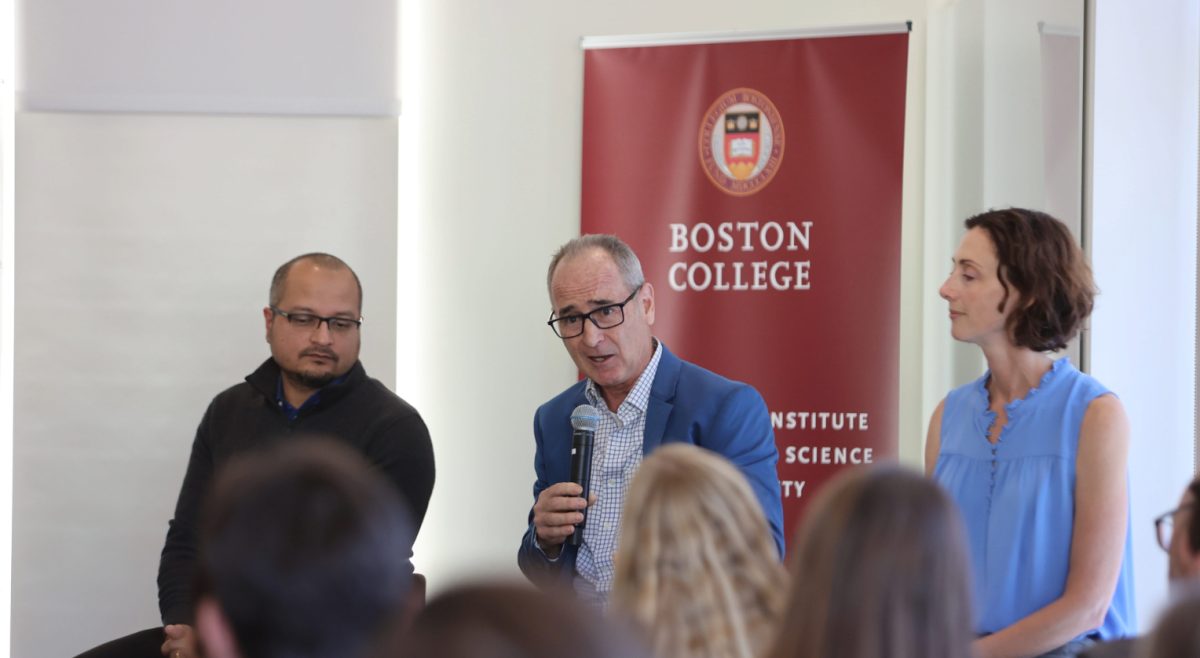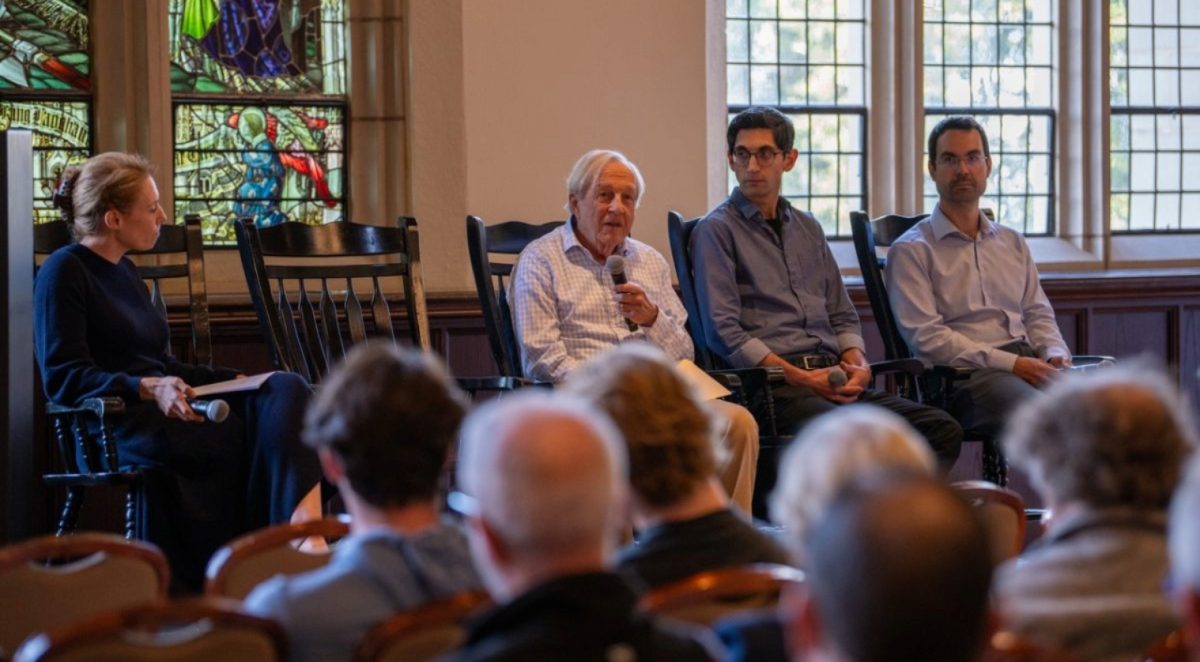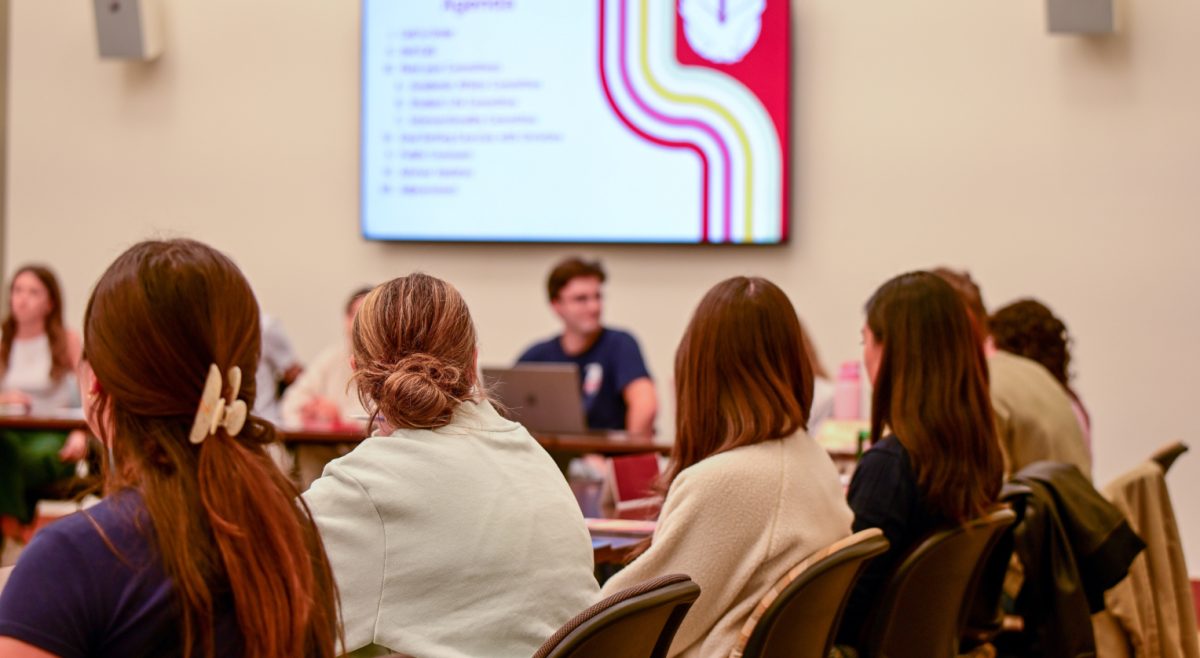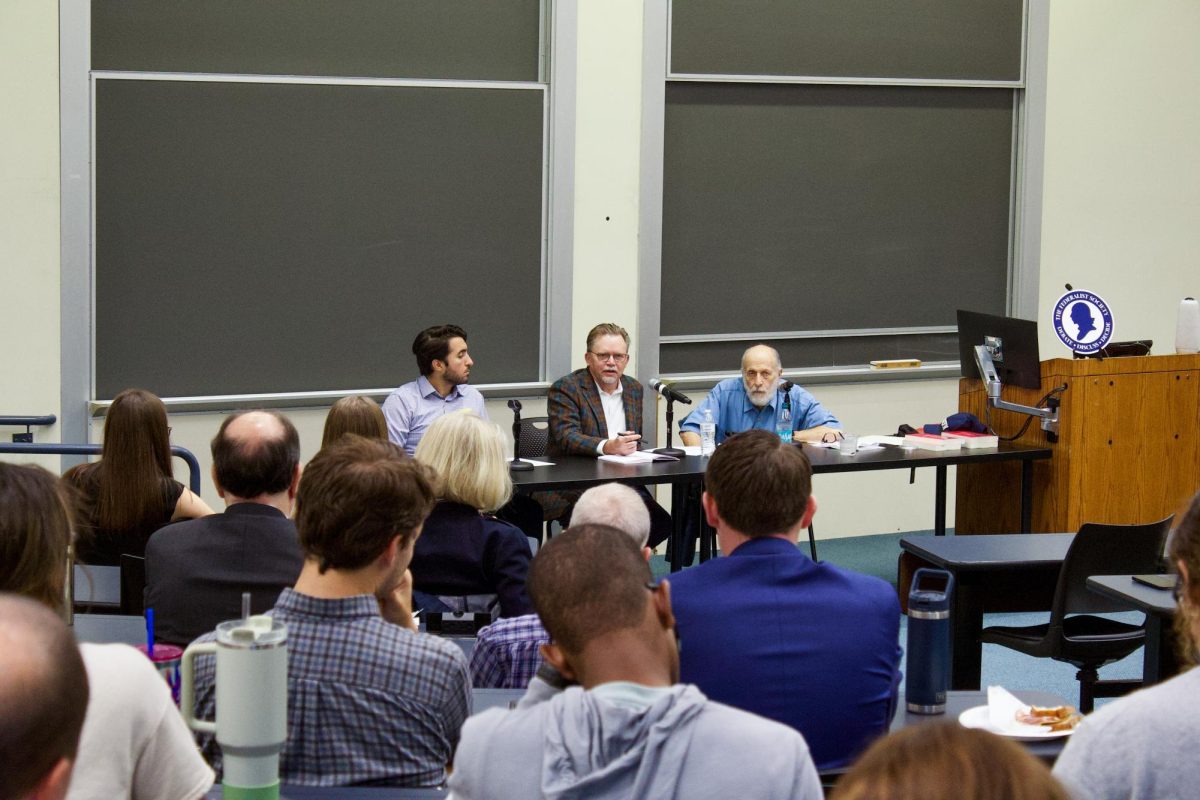During the last academic year, the Office of AHANA Student Programs (OASP) and the Office of the Vice President for Student Affairs conducted a climate survey about diversity on campus. This past spring, smaller focus groups were convened in order to gather more information about questions that sprang up as a result of the original survey and could not be answered with any preexisting institutional data.
“There were some questions where we just wanted to understand better why students were saying what they were saying,” said Ines Maturana Sendoya, director of OASP. “Black students and African-American students indicated [on the original survey] that they were the most dissatisfied with their experience at Boston College, so we wanted to get a better understanding as to why that was happening.
“Another area we wanted to explore was we found that mainly white students indicated that they were tired of talking about diversity … and so we wanted to understand what that meant. The other area was that, about one-third of students said that LGBTQ students have support, another third said that they’re not supported, and another third said that they didn’t know.”
Finally, Sendoya said, over 90 percent of students surveyed indicated that they wanted to learn how to work with people across differences, yet also said that they did not participate in programming designed to meet those goals. The focus groups, Sendoya said, provided a way to find out why such programs were not attended, and by the same token how to create new programming that students would find more attractive.
Six separate focus groups met over the course of February, March, and early April. The groups were split so that each one would be homogenous in one respect: freshmen, seniors, white students, black students, AHANA students, and students who identify as GLBTQ, according to Sendoya. “In terms of focus groups, it’s better to have some kind of homogeneity so that people feel more comfortable sharing information,” she said. “We also wanted to see if there were any differences between those populations-or similarities, too.”
The participating students were invited to volunteer based on random lists provided by the Office of Institutional Research, and groups ranged in size from three to 19 students. The discussions were each facilitated by an administrator and a student who were part of the diversity working committee that had been arranged for the study. The students had been recommended by UGBC and ALC leaders.
“We have been working on this for a while,” Sendoya said. “Before we did that survey, the previous vice president of student affairs [Patrick Rombalski] had commissioned a group of administrators to look at diversity, mostly within Student Affairs. With that committee, we looked at the departments within Student Affairs and what the departments were doing-we looked at the composition of the major student organizations-and we developed a rubric to look at areas-aspirational areas of where we’d like to be in terms of diversity, mostly within Student Affairs.”
After that study concluded, the committee realized that some information-which could only be gathered by asking students-was missing, and thus the first survey, and consequently the focus groups, followed.
As a result of these studies, Sendoya and her colleagues have been providing strategic recommendations to the Office of the VPSA. “[They] have been implemented for the most part,” Sendoya said. “For example, at the conclusion of the first year, we recommended … that there [would be] one person in the Office of the Vice President for Student Affairs that would be dedicated to collecting data, looking at trends, and providing overall general direction to the diversity initiatives within the division.” Other recommendations included providing more training for the staff within the Division of Student Affairs, and executing the diversity survey itself.
Sendoya has not had an in-depth meeting with the new VPSA, Barbara Jones, as of yet, but she anticipated that the results of the focus groups will lead to more suggestions for the Office of the VPSA.
“For us, this is a way in which we continue understanding the student experience, and also it’s a tool for us to figure out ways to do a better job in terms of creating a climate that is welcoming to all students, and where all students feel that they are part of Boston College,” Sendoya said. “It’s a process that takes time, and the more you learn about it, the more things you find that you could do differently and better.”
The specific data and results of the focus groups have not been released to the general public yet. Sendoya said that the results are currently being finalized and will be released either over the summer or in the fall.






